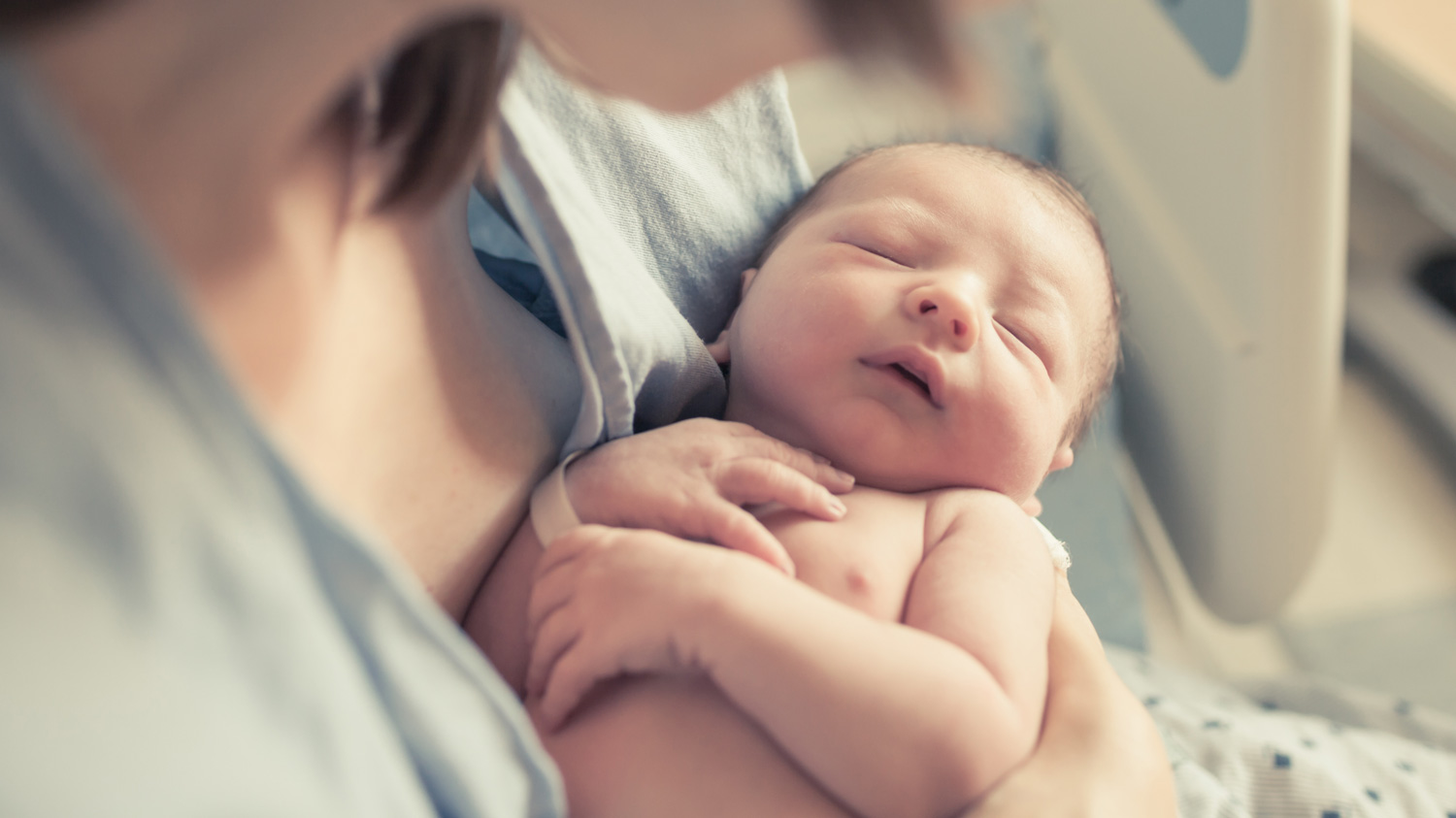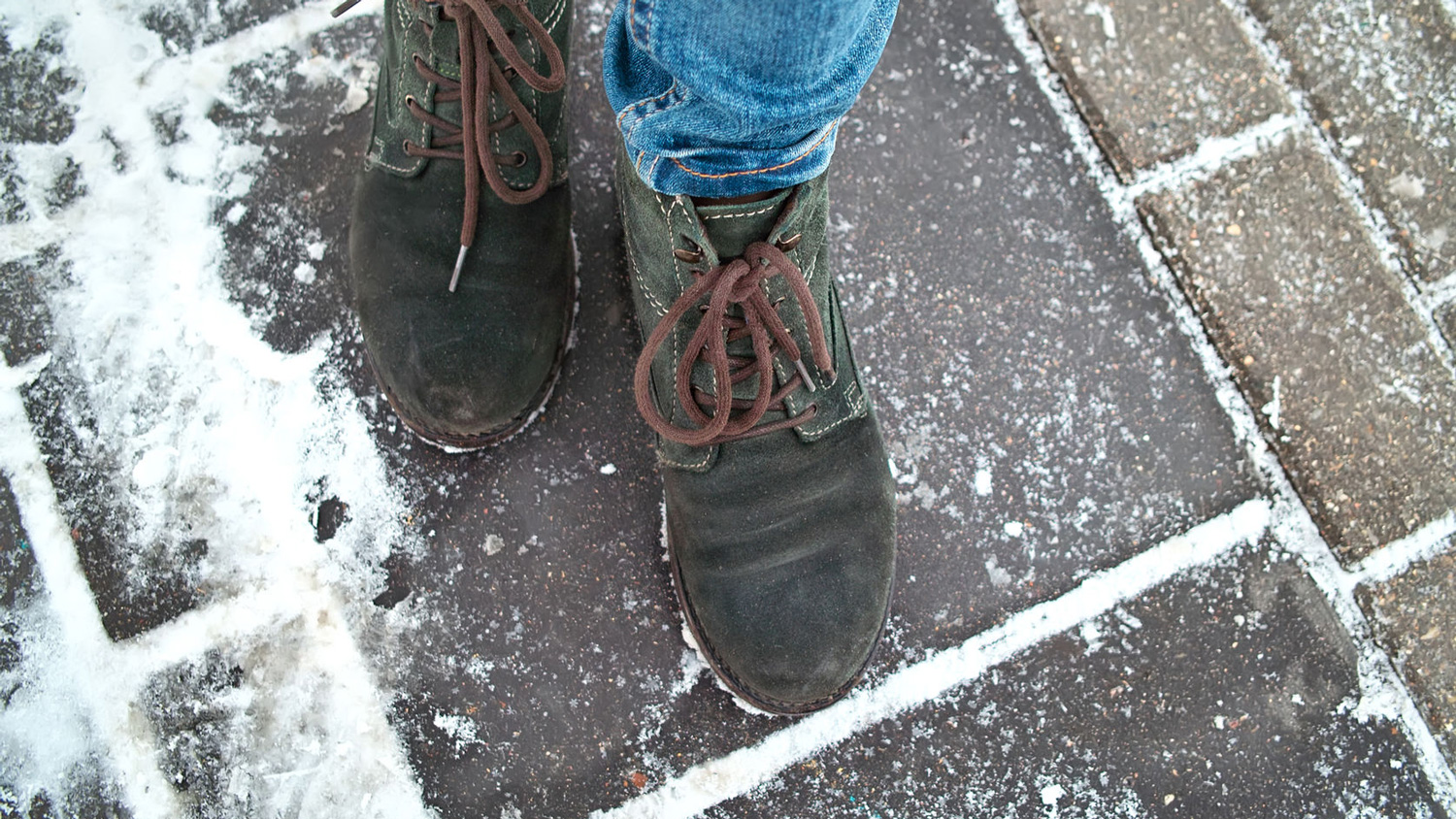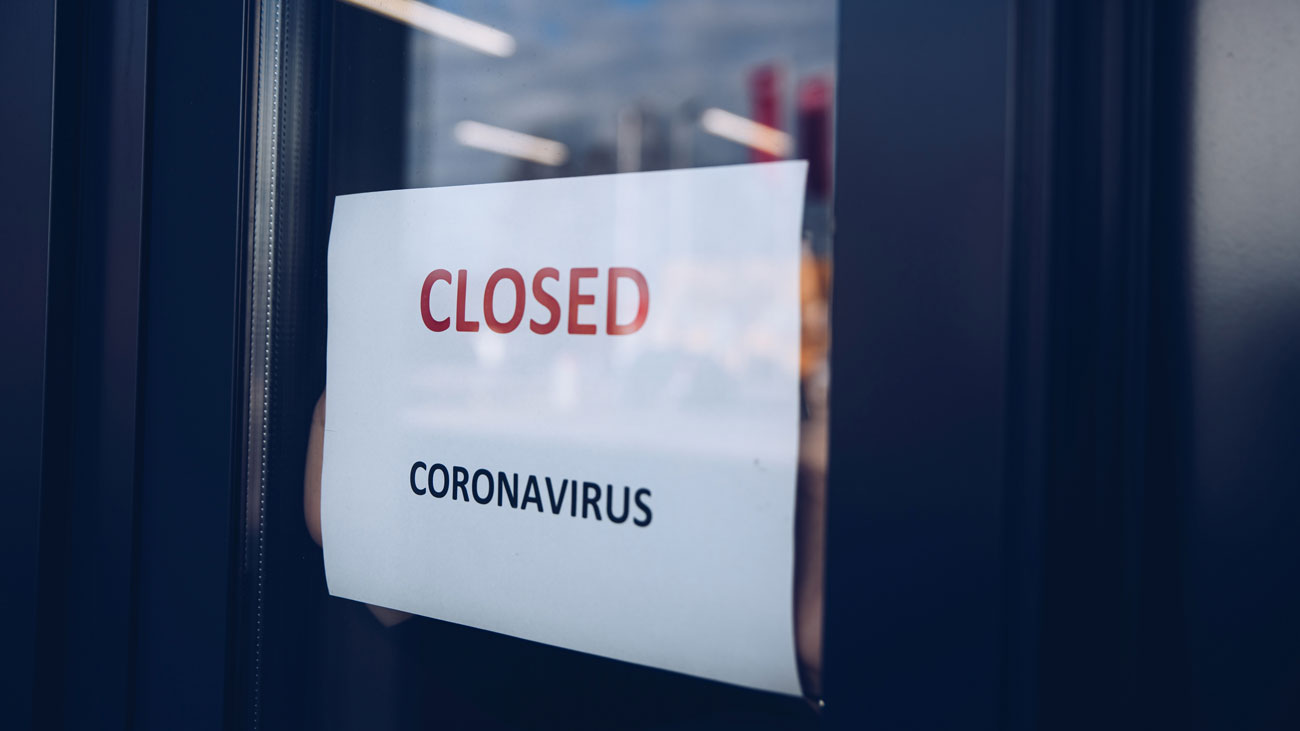
HSE guidance on risk assessment for pregnant workers changes
The HSE has announced that its guidance on new mothers and pregnant workers has changed, and employers must now complete an individual risk assessment for these workers.
The health and safety regulator maintains that there will be little practical change as employers must already consider risks to women of childbearing age in their general risk assessment. The difference is that employers must also carry out an individual risk assessment that covers a worker’s specific needs when they inform the company in writing that they:
- Are pregnant;
- Have given birth in the last six months; or
- Are breastfeeding.
The HSE offers the following advice.
Complete an individual risk assessment for your worker
When you have been informed in writing, you must complete an individual risk assessment for them.
A risk assessment is a careful examination of anything in a workplace that could cause people to suffer injury or ill health while they are at work. A risk assessment should take account of how significant the different risks are in terms of both the likelihood that exposure to a hazard can lead to injury or illness and also how serious the consequences will be.
- Review your existing general risk management and controls for pregnant workers and new mothers.
- Talk to them to see if there are any conditions or circumstances with their pregnancy that could affect their work.
- Discuss any concerns they have about how their work could affect their pregnancy.
- Consult with their safety representative or trade union if they have one.
You must take account of any medical recommendations provided by their doctor or midwife.
Review the individual risk assessment
You must regularly review your worker’s individual risk assessment and make any necessary adjustments:
- As the pregnancy progresses; and
- If there are any significant changes to your workers' activity or workplace.
Working conditions could present a risk to mother and/or child at different stages. As the pregnancy progresses, it may affect your worker’s:
- Dexterity.
- Agility.
- Coordination.
- Speed of movement.
- Reach.
Record your findings and share these with your worker
Once you have completed the individual risk assessment, record your findings and share these with your worker and their safety representative if they have one. It is important to explain how you will keep them and their child safe.
If you identify a significant risk
If you identify a risk that could cause harm to your worker or their child, you must firstly decide if you can control it. If you cannot control or remove the risk, you must do the following (in order, only moving to the next action level if the previous action is not possible):
- Action 1 – Adjust the working conditions or hours to avoid the risk.
- Action 2 – Give them suitable alternative work.
- Action 3 – Suspend the employee on paid leave for as long as necessary to protect their health and safety and that of their child.
More information is available here.






